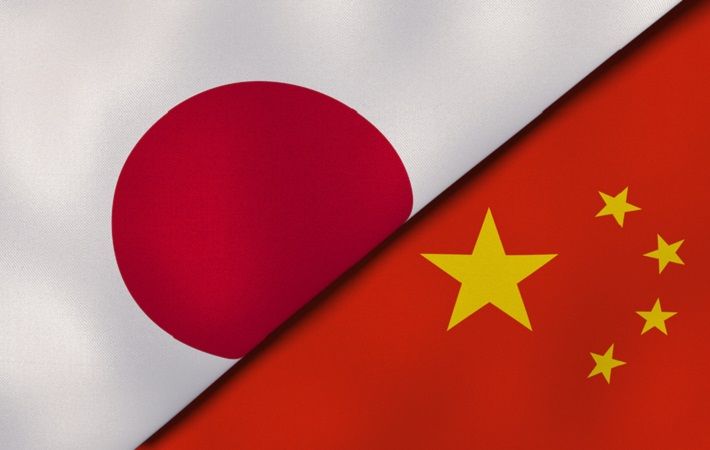
RCEP will further strengthen regional economic expansion despite COVID-19, they said.
Around a quarter of Japanese exports to China and 57 per cent of Chinese exports to Japan have turned tariff-free since January 1. The two figures will eventually rise to 86 per cent and 88 per cent respectively, according to a report in a Chinese government-controlled website.
"China and Japan have already enjoyed strong economic and trade relations, thanks to their complementarity in trade, and the prospects are even brighter with the implementation of the RCEP agreement," said Bai Ming, deputy director of international market research at the Chinese Academy of International Trade and Economic Cooperation.
"Potentials from the geographic proximity of the two nations will be fully unleashed to tighten economic ties and benefit enterprises and people," he said.
During the first half of 2021, the value of China-Japan trade surged by about 24 per cent year-on-year to surpass $181 billion. China exported more than $80 billion worth of goods to Japan during the period, up nearly 19 per cent. Its imports from Japan grew by nearly 28 per cent to around $101 billion, according to China's ministry of commerce.
Significant tariff reduction and elimination have been scheduled in most of the two nations' major trading sectors.
That will result in a win-win situation, said Zhang Jifeng, vice-chairman of the Chinese Association for Japanese Economic Studies.
More products traded between China and Japan will become eligible for zero tariffs over time.
Producers of major Chinese export items to Japan like machinery, electronic equipment, textiles and clothing products will benefit from lower or zero tariffs.
Fibre2Fashion News Desk (DS)